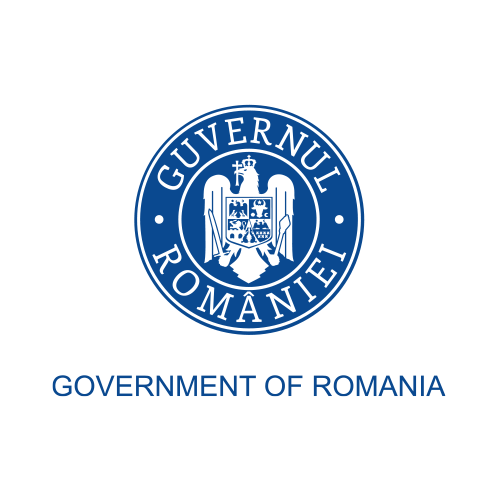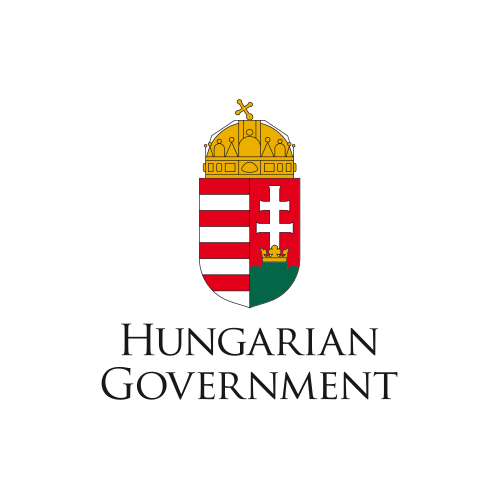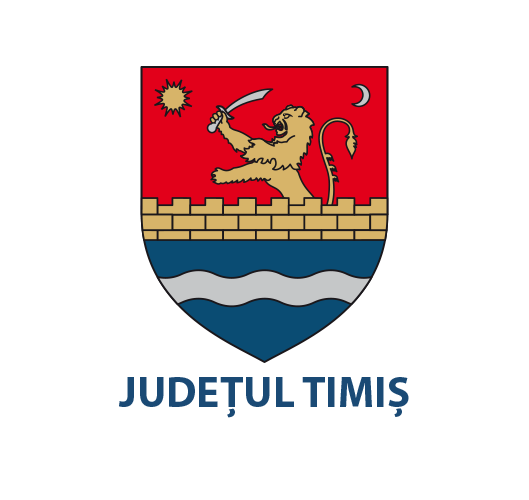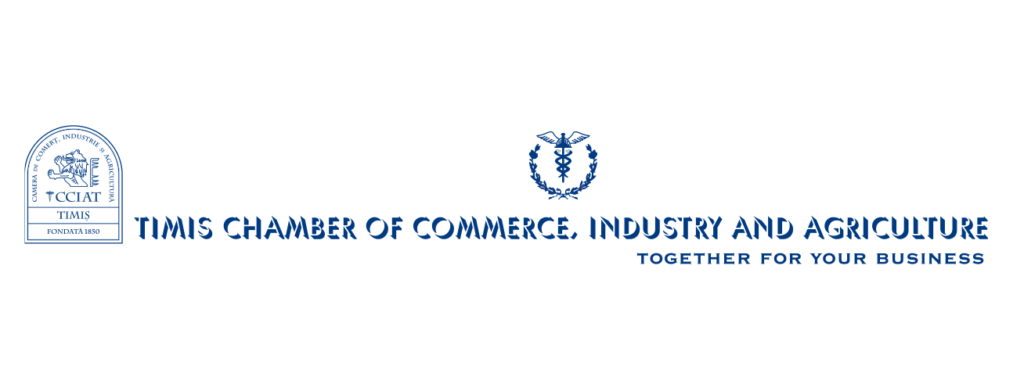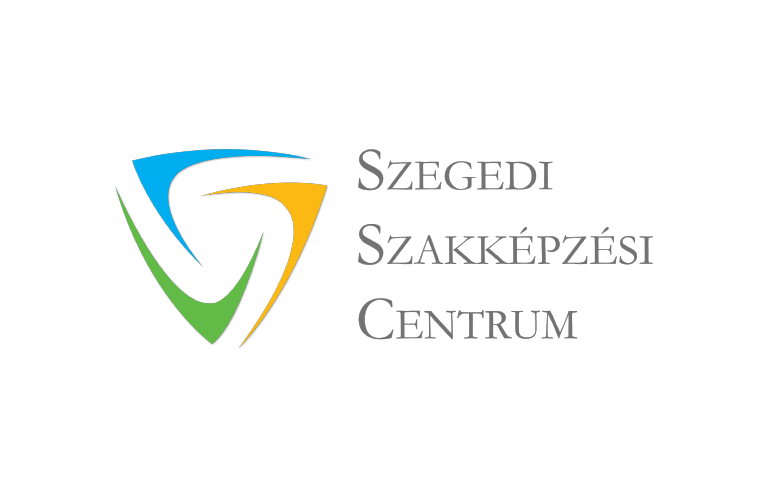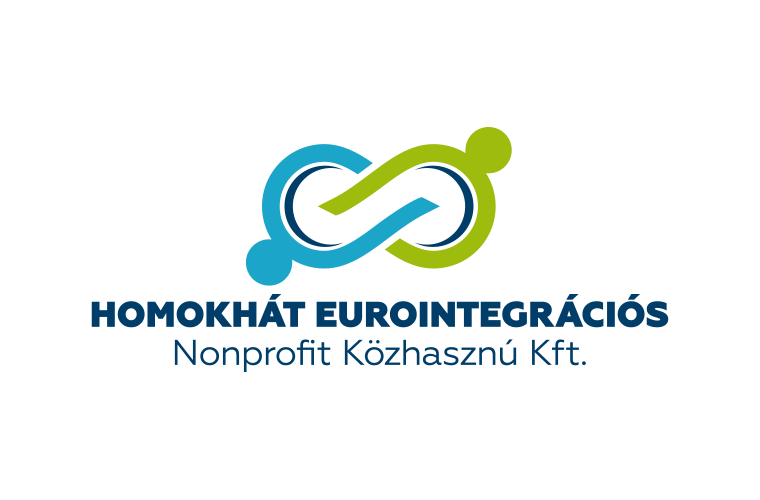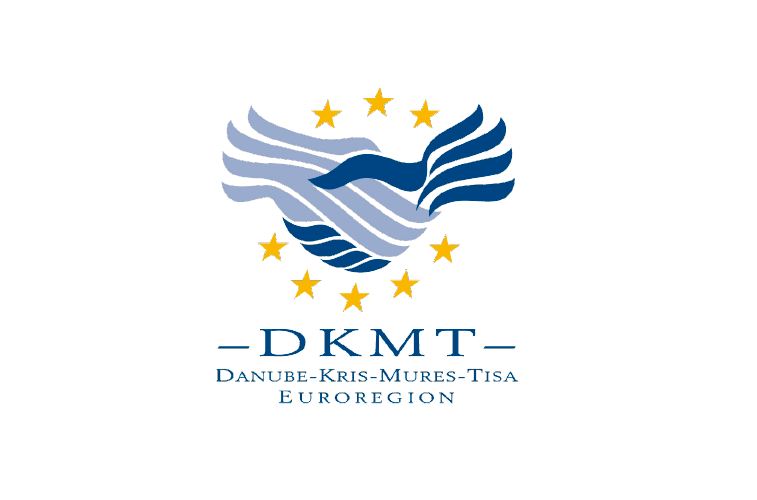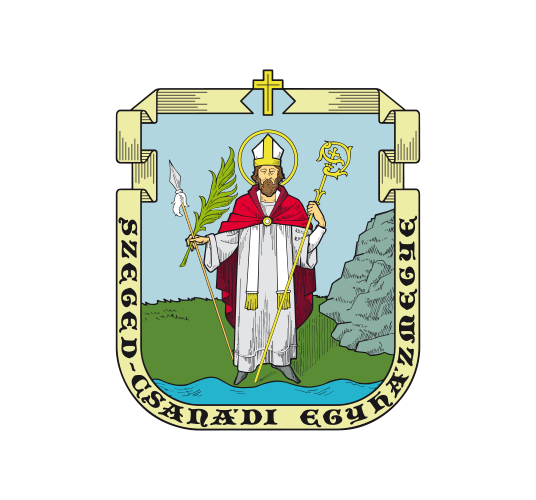Timiş County
„Joint Employment Driven Initiative” (”Inițiativă comună privind
ocuparea forței de muncă”) acronym JEDI, code ROHU-452
Project implemented based on the financing contract no. 49355/30.03.2020 concluded between the Ministry for Development, Public Works and Administration of Romania and the Szeged Vocational Training Center of Hungary, as project leader and based on the co-financing contract no. 49393 / 30.03.2020 concluded between the Ministry for Development, Public Works and Administration and ATU Timiș County as Beneficiary project no. 5.
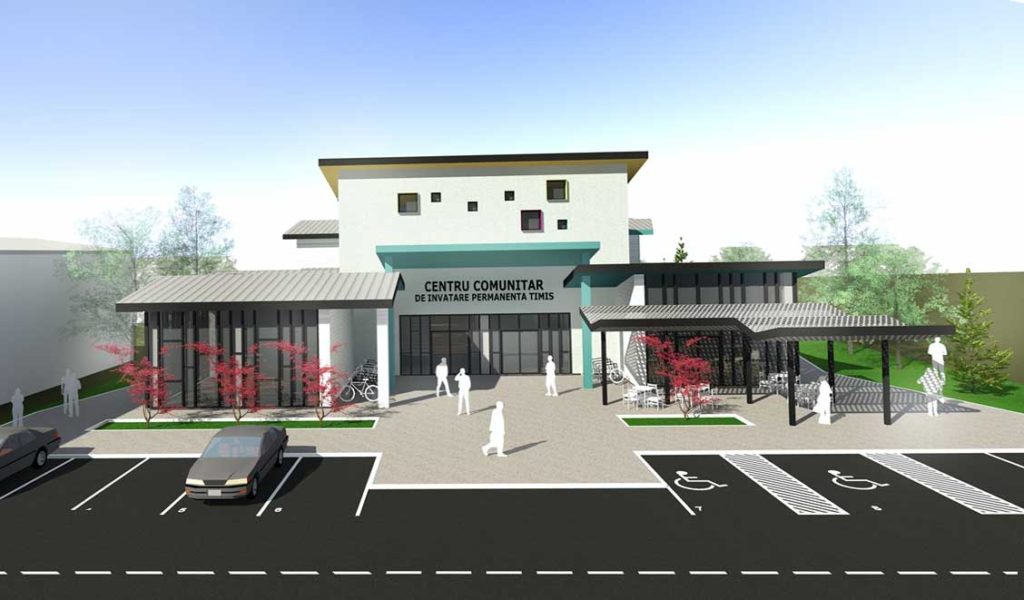

1. Project location
The building that is the object of this project will be built in the Timișoara Industrial and Technological Park, Calea Torontalului, km. 6, Timiș county, CF 445432, vacant land owned by UAT Timiş County.
2. The general objective and the specific objectives of the project
The overall objective of the project is to increase employment in the ROHU cross-border region by creating a favorable environment for a balanced long-term labor market.
Specific objectives:
1. Establishing a balance between labor supply and demand in the ROHU cross-border region;
2. Improving the training conditions in the ROHU cross-border region;
3. Improving labor mobility between Csongrád-Csanád and Timiș counties by increasing the connectivity of institutions and stakeholders supporting employment in the ROHU cross-border region.
3. The main activities of the project
– Organizing the procurement for the elaboration of the technical project necessary for the construction of the Community Center for Lifelong Learning.
– Construction of the Community Center for Lifelong Learning, with the necessary spaces.
– Equipping the Community Center for Lifelong Learning with furniture and IT and communication equipment.
– Purchase of a minibus to transport the staff and beneficiaries of the Community Center for Lifelong Learning.
– Operationalization of the Community Center for Lifelong Learning by organizing vocational trainings. The choice of the theme of these courses will be made in accordance with the Common Employment Strategy, which will be developed within the project.
– Participation in documentation studies, meetings and other events organized by the project partners in order to develop and promote the Common Employment Strategy.
– Introduction in the Development Strategy of Timiș County of the information included in the Joint Employment Strategy.
The activities of the Center will be organized in adequate spaces, arranged in the form of:
– 2 individual offices;
– 6 vocational development rooms of 10 students each, of which 4 can be coupled 2 to accommodate a larger number of people;
– 2 creative workshops, which can be merged into a more generous space;
– 1 room I.T. for 24 students;
– 1 multifunctional space, sized for 48 spectators;
– 1 social or entertainment space, which can accommodate about 30 people and which, in case of need, can host vocational development activities;
– the necessary related spaces.
4. Technical indicators
Land area: 4,035.00 sqm
Total built area – developed on 2 levels, ground floor and first floor: 1,354.00 sqm
Total proposed usable area: 1,148.44 sqm
5. Project indicator: 2,685 participants, from the 2 countries, in joint local trainings and initiatives on employment.
6. Estimated project budget
The total estimated value of the project budget for ATU Timiș County is 1,342,300 euros, the financing structure being the following:
Total eligible project costs: 1,340,300 euros, of which:
• ERDF non-reimbursable financing (85%): 1,139,255 euros
• Co-financing from the state budget (13%): 174,225.60 euros
• CJT own contribution to eligible expenses (2%): 26,819.40 euros
Total ineligible project costs: 2,000 euros
7. The beneficiary of the project
Timiș County Territorial Administrative Unit (UAT Judetul Timis)
8. Impact on the EU community
The project is in line with European conditions by:
- increasing the participation of the population in lifelong learning programs;
- implementation of lifelong learning policies and strategies, in a coherent and unitary manner;
- increasing the offer of leisure activities in the community;
- better collaboration between institutions aimed at personal development, access to services, social and labor market integration of community members;
- an increase in the degree of involvement of local public administration authorities in the education and training of community members;
- increasing the access of community members to various types of services;
- increasing the level of information regarding training opportunities in the community;
- certification of learning outcomes in non-formal and informal contexts;
- increasing public-private partnerships in the field of vocational education and training.
